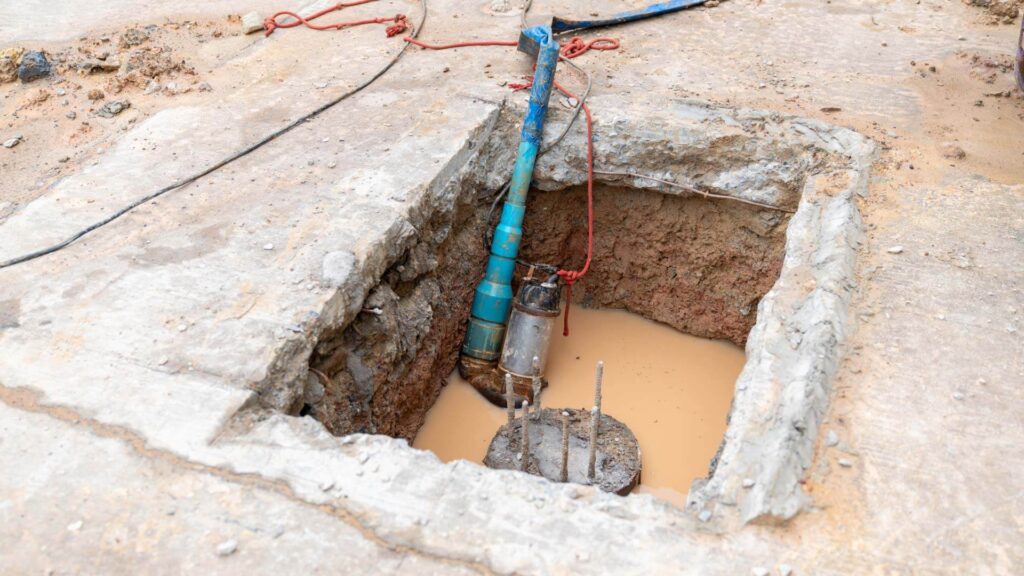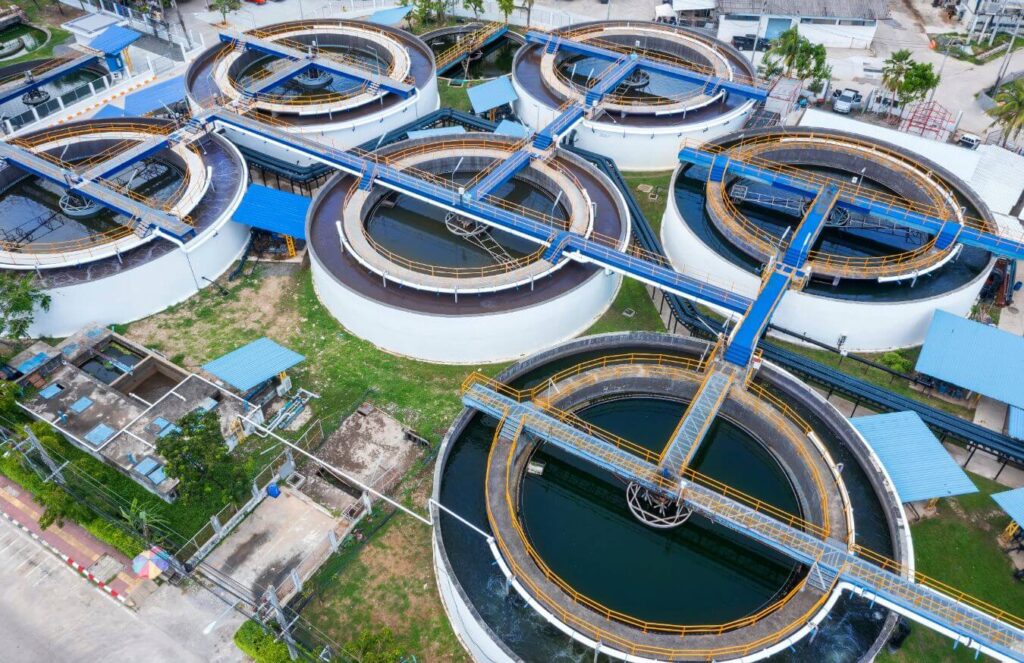Excess water can pose significant challenges, whether it’s flooding in a basement, water pooling at a construction site, or general water buildup that disrupts day-to-day operations. In these situations, water removal pumps are essential for quick and effective drainage. These pumps offer a reliable solution for clearing out water efficiently, reducing potential damage, and ensuring safety. From flood recovery to regular maintenance, having the right pumps for water removal is crucial. Understanding the various water removal pump types can help you select the best pump to remove water according to specific needs and scenarios. With the right water removal pumps, managing water becomes a straightforward task, regardless of the situation.
Why Choosing the Right Water Removal Pump Matters
Selecting the right water removal pumps for different tasks ensures efficient water management and reduces the risk of damage to property or work environments. The right pump can save time, decrease labor costs, and provide peace of mind by managing water effectively. For instance, during flood recovery, a powerful submersible pump can quickly remove standing water, while a trash pump might be necessary on construction sites to handle water mixed with debris. By understanding water removal pump types, you can ensure reliable drainage in various settings, be it emergency situations or routine maintenance. With water removal pumps specifically chosen for each application, users can handle unexpected and routine water problems more confidently.
Key Water Removal Pump Types and Their Applications
There are several water removal pump types, each with unique characteristics suited to specific water removal tasks. Let’s explore the most common ones:
- Submersible Pumps
Submersible pumps are designed to operate completely submerged in water, making them ideal for high-volume water removal in areas like flooded basements, deep pools, or pits. These pumps for water removal are known for their efficiency in handling large amounts of water quickly. They stay cool even during extended use, allowing continuous operation in submerged areas without overheating. If you need a pump to remove water from deep or flooded spaces, submersible pumps are one of the most effective options. Among water removal pumps, submersibles offer a strong balance of power and versatility. - Centrifugal Pumps
Centrifugal pumps work by using a rotating impeller to create centrifugal force, drawing water in and pushing it out through a discharge pipe. This action makes centrifugal water removal pumps ideal for transferring water over short distances and in shallow settings. They are highly efficient for situations that require fast water movement, such as draining shallow flooded areas or transferring water between locations. However, centrifugal pumps are best suited for clean water and may not be ideal for water with debris. They are among the most popular water removal pumps for areas needing consistent water flow. - Trash Pumps
Trash pumps are specifically designed to handle water mixed with solids or debris, making them ideal for construction sites or post-flood cleanups where water is likely to contain mud, sand, or small rocks. This type of pump to remove water is built to handle larger particles that could clog other water removal pump types. Trash pumps are a robust choice for outdoor projects or areas with contaminated water, as they can reliably manage challenging drainage conditions. In rugged environments, trash pumps are invaluable water removal pumps for handling demanding tasks. - Utility Pumps
Utility pumps are versatile, lightweight, and easy to transport, making them a popular choice for general-purpose water removal tasks, especially in residential settings. These pumps for water removal are suitable for small-scale applications, such as draining pools, clearing water from patios, or removing minor water buildup in gardens. Utility pumps are typically best suited for clean or slightly contaminated water, offering a convenient solution for everyday water management needs.
Important Features to Consider in Water Removal Pumps
When choosing water removal pumps, it’s essential to consider a few key features that will impact their performance and suitability for specific tasks:
- Flow Rate and Capacity
The flow rate of a pump, usually measured in gallons per minute (GPM), determines how quickly it can remove water. Choosing a pump with an adequate flow rate is critical for efficient drainage, particularly in larger areas or deep spaces where fast water removal is necessary. High-capacity water removal pumps are ideal for larger tasks, ensuring that water is cleared effectively and in a timely manner. - Head Pressure
Head pressure refers to the vertical distance a pump can lift water, which is a crucial factor for tasks requiring water movement over height, such as pumping water from a basement to ground level. A pump with sufficient head pressure can handle taller vertical distances effectively. Selecting a pump with the appropriate head pressure will ensure it can manage the demands of the drainage task, allowing for smooth and efficient water transfer. - Portability and Power Source
The portability of pumps for water removal can be a significant factor, especially for projects that require moving the pump between locations. Portable pumps are useful for residential applications, while stationary models are often used in larger commercial or industrial projects. Additionally, water removal pumps come in different power options, including electric, gas, and battery-powered. Electric pumps are quieter and suitable for indoor use, while gas-powered models are often preferred for outdoor or remote locations where electricity may not be readily available. - Debris-Handling Capability
For projects involving water mixed with debris, it’s crucial to select water removal pumps designed to handle solid particles. Trash pumps are built for such conditions, while submersible and centrifugal pumps are generally better suited to clean water. Matching the pump’s capabilities with the water quality you’re dealing with will help ensure effective drainage and prevent pump clogging or damage.

Common Applications for Water Removal Pumps
Water removal pumps are essential in a variety of situations, from emergency flooding to everyday maintenance tasks. Here are some common applications where these pumps provide efficient and effective drainage:
- Flooded Basements or Crawl Spaces
During heavy rain or plumbing failures, basements and crawl spaces can become flooded. Water removal pumps like submersible pumps are perfect for quickly removing standing water from these spaces, preventing structural damage and reducing the risk of mold growth. - Draining Construction Sites
Construction sites can accumulate water from rain, groundwater seepage, or other sources. Trash pumps are often used in these areas, as they can handle water with mud, sand, and other particles typically present on construction sites. Keeping the site dry ensures safety and prevents erosion. - Pool and Pond Maintenance
Routine maintenance of pools or ponds often requires draining the water. Utility pumps offer a convenient solution for these tasks, as they are easy to transport and suitable for clean water. These pumps for water removal allow for quick drainage and easy maintenance of water features in residential and commercial spaces. - Emergency Water Extraction in Natural Disasters
In events like flooding or severe storms, having a reliable pump to remove water is critical for minimizing water damage. High-capacity pumps, such as gas-powered or large submersible pumps, provide the power and efficiency needed for emergency water extraction, ensuring a rapid response in urgent situations.
Conclusion
Choosing the right water removal pump types is essential for effective drainage, whether you’re dealing with an emergency flood or a routine maintenance task. By understanding the unique benefits of different water removal pumps and considering factors like flow rate, head pressure, portability, and debris-handling capability, you can select the best pump to remove water based on your specific needs. From flooded basements to construction sites, having the right pump ensures efficient and reliable drainage, making it an invaluable tool in both residential and commercial applications. Selecting the right pump ultimately provides peace of mind and a dependable solution for water management challenges. With water removal pumps suited to every situation, you’ll be prepared for whatever water issues arise.


